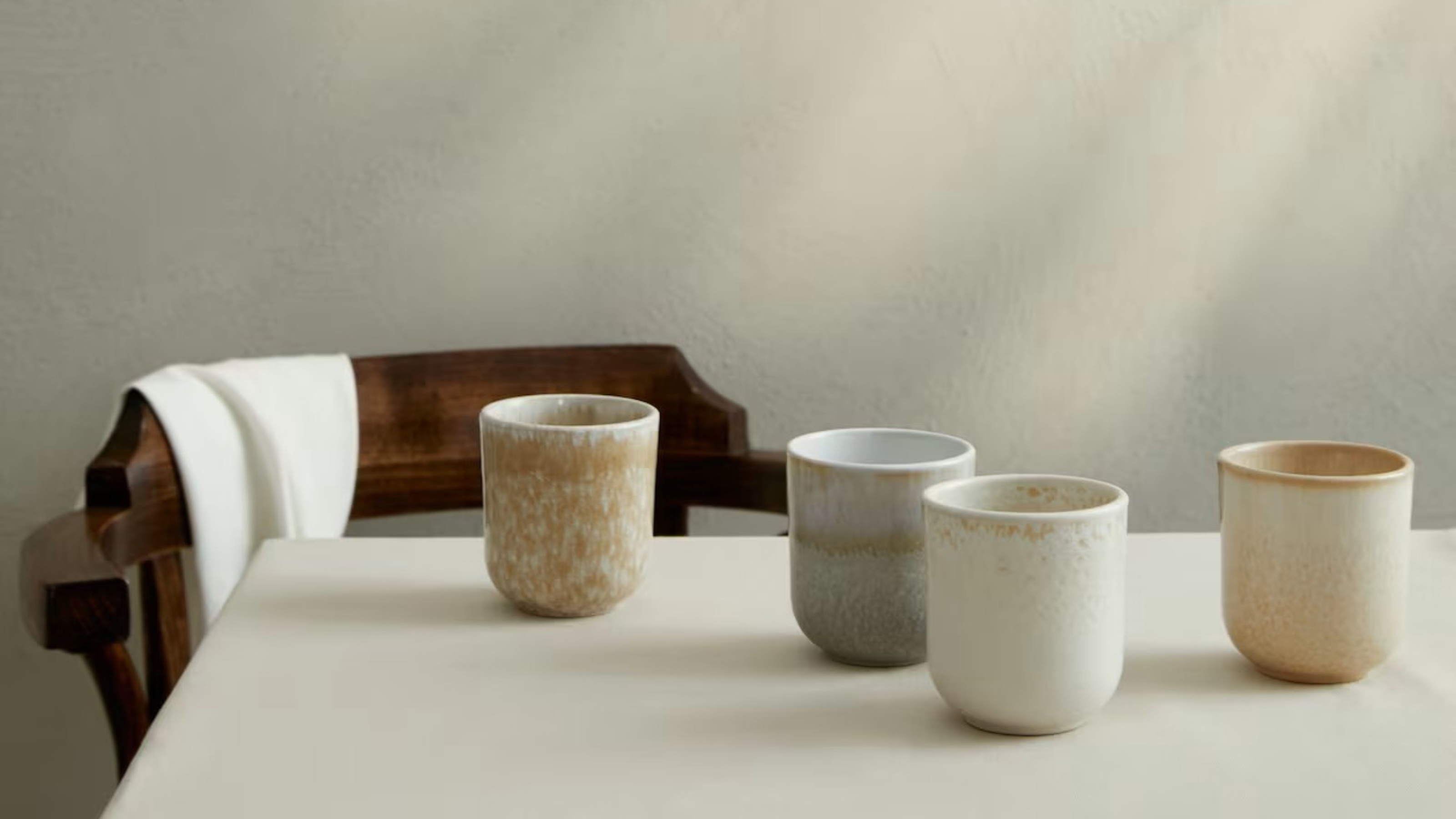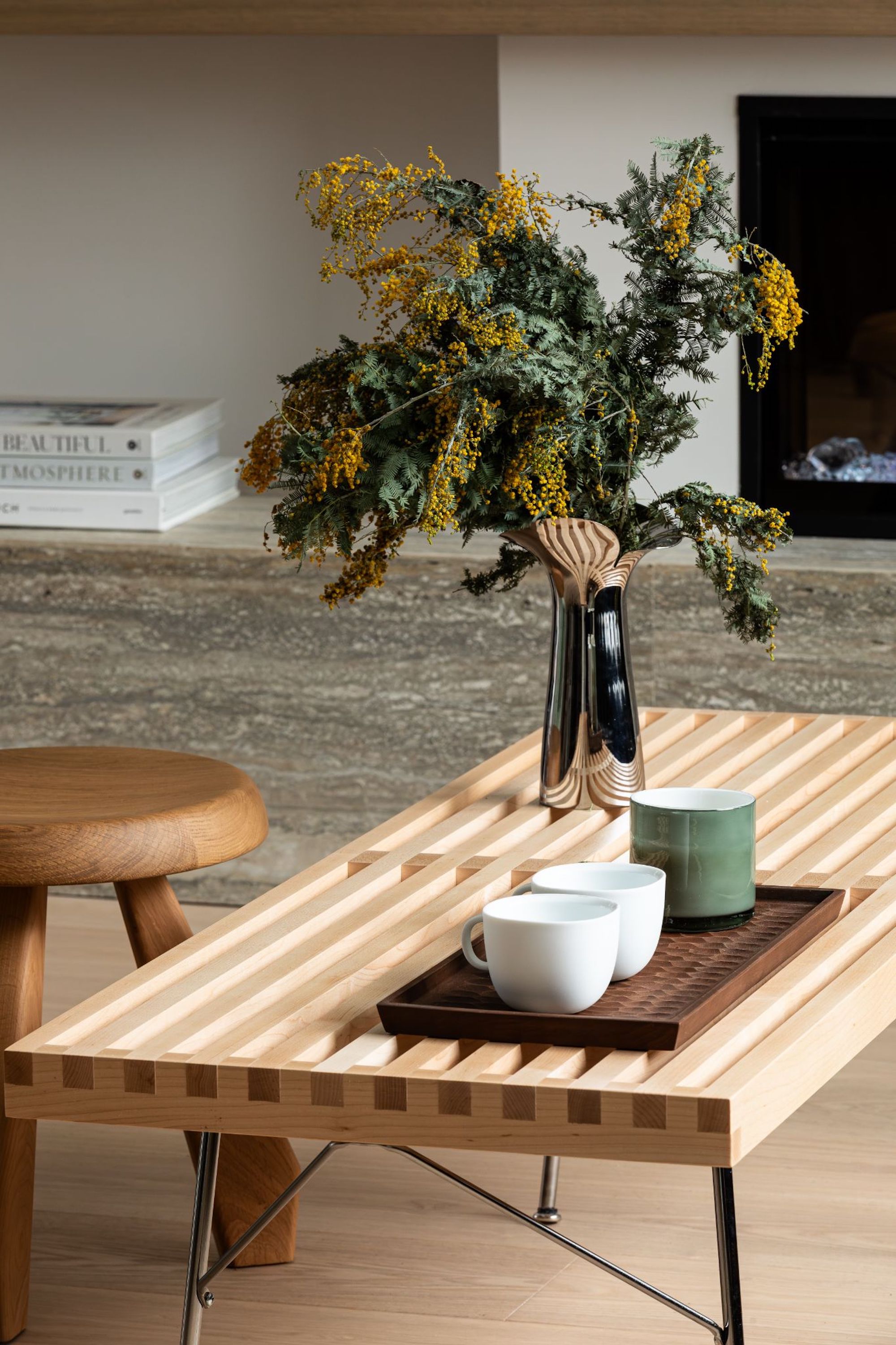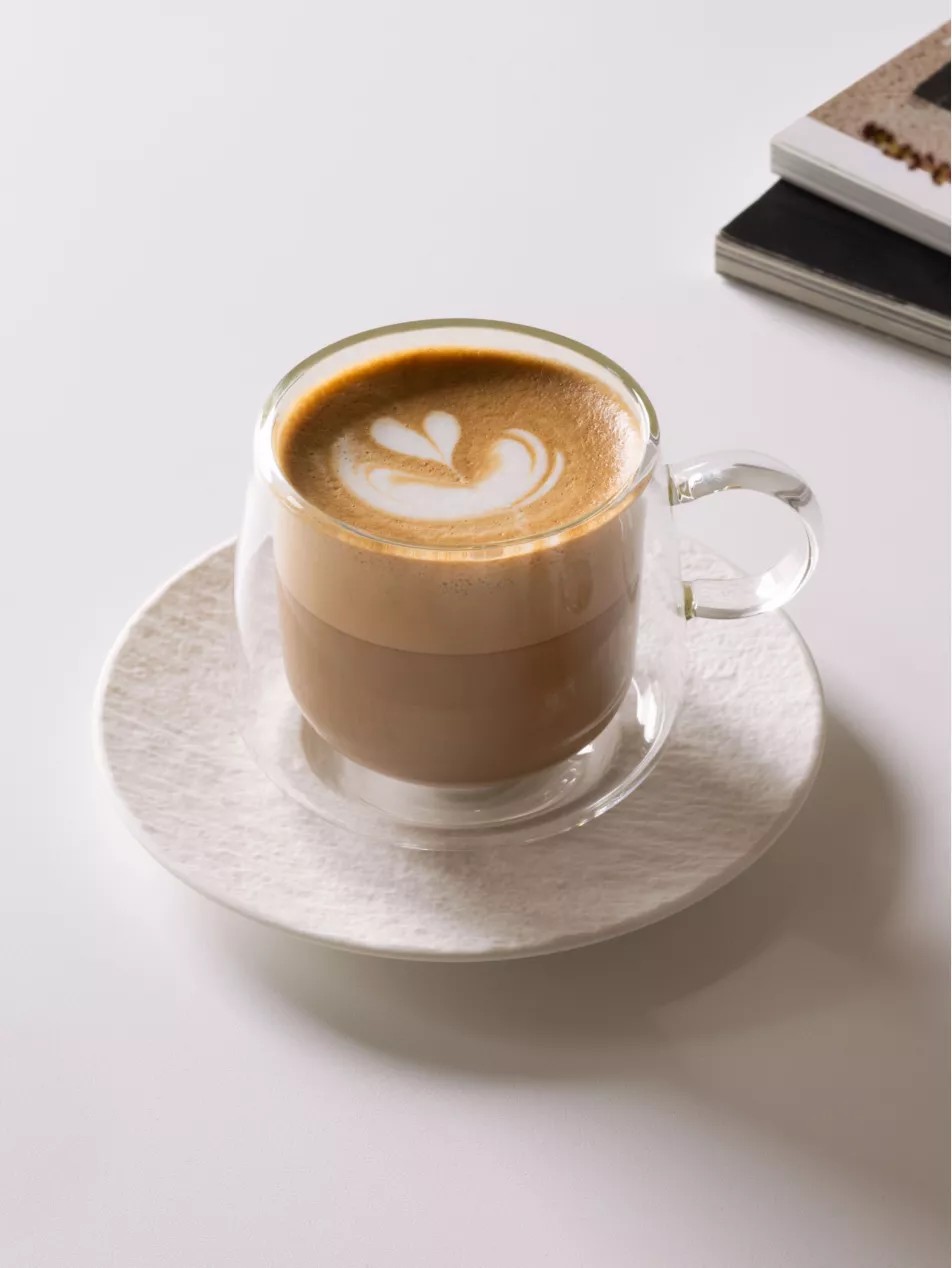
Let me start by saying I love coffee. Any brew, any time of day. One thing I am picky about, though, is the mug I enjoy my coffee from — I have my three favorites — and it turns out there is science to back up why these mugs seem to make my coffee taste better.
Contrary to popular belief, it is not just the brew, the barista, or even buying the best espresso machine that dictates the quality of your coffee; the color, shape, and material your mug is made of can also directly affect your perception of the flavor, and in turn, the overall experience.
"It’s not always the vessel itself that directly affects the taste; at its core, it’s the drinking experience that influences how we perceive flavor," adds coffee expert and founder of Forchewn Brewing Company, Shaka Lohardjo, who I spoke to, along with another expert, to get to the bottom of this strange science.

Without getting too technical, a bit of science is essential to understand why this phenomenon occurs. "Coffee flavor is made up of many different types of compounds (more than 1,000)," food scientist and industry consultant Bryan Quoc Le tells me. "These molecules have very different interactions with the coffee vessel material."
A lot of the compounds that give coffee its flavor are sulfur compounds. These can easily evaporate or oxidize with the oxygen in the air. For instance, "mugs with wider mouths will lose their flavor more rapidly than mugs with smaller mouths," says Bryan.
Material also impacts taste. Unglazed ceramics, porous materials, and metals can easily react with flavor compounds in coffee and can also contribute metallic flavors to the liquid. Over time, "Mugs can absorb these flavors, which can produce off-notes after several uses as they become more difficult to wash out," adds Bryan.
Color also affects food perception. For example, red helps to amplify the perception of sweetness, and blue makes foods saltier. If you still can't quite grasp all that, understand this one thing: there is much more to choosing that perfect coffee mug than meets the eye.
So, How Do You Choose the Right Coffee Cup?

So all of that begs the question: how do you choose the right coffee cup?
The truth (annoyingly) is that different types of coffee — from lattes and black coffee to iced Americanos — benefit from different types of vessels. But that makes sense, right?
A poor choice can result in a bad drinking experience, which can negatively impact how the coffee tastes and even your morning routine. And while the perfect mug to choose changes upon preference, below are a few expert suggestions for things to consider when shopping.
- Shape: For those of you trying to upgrade your home cafe, coffee expert Shaka Lohardjo, says, "Aroma is arguably the biggest contributor to flavor — without it, our sense of taste would be significantly muted." To master this, the shape of your mug is important. A classic straight-sided or fan-shaped vessel (like a martini glass) allows aroma to escape quickly, while a more curved design — wider at the base and narrower at the top (like a wine glass) — traps aroma, enhancing flavor perception. "The rim also plays a role. A thicker rim can increase the perceived body of the drink, while a thinner or more focused rim can concentrate flavors on specific parts of the tongue, enhancing perceived sweetness and intensity," says Shaka.
- Material: Beyond chemical taste (as explored earlier), mug material impacts flavor through heat retention. "Coffee changes flavor as it cools," explains Shaka. "Good insulators like ceramic help maintain temperature, keeping the coffee enjoyable longer. For iced drinks, materials like metal or glass tend to sweat and make a mess, while thicker ceramics often don’t."
- Color: There’s no universally 'right' color to choose, but the color of the vessel can definitely enhance the overall drinking experience. Colors are often associated with specific flavors, and this association can shape how we perceive a drink. It's a little bit of color theory mixed with personal experience. For instance, if a coffee has lemon tasting notes and you use a yellow cup, it might help bring out that lemon flavor — but again, it’s highly individual. However, Shaka shared a few common flavor associations for the context of coffee: Red is strawberry and cinnamon. Blue is more salty or bitter. Yellow is acidic. Orange has general citrus notes. Brown brings out cocoa, peanuts, and nuts.
"My personal favorite type of coffee mug is a double-walled insulated glass," says Bryan. "Glass is unreactive and can be easily cleaned, as you can see where stains end up. I also like how long it can keep the coffee warm."
This dark, rich blue will bring associations of velvety, yet slightly salty notes to your morning cup of joe. The perfect choice for anyone who loves that salty-sweet combination.
Red is a classic color choice for a coffee mug as it brings out the rich sweetness of the flavor profiles. Plus, the slightly narrower mouth will trap the aroma in longer. I've claimed a red mug as the favorite of my collection for a while now — no wonder!
Porcelain is a great material for a cup of coffee, and this color will bring out the grounding, earthy flavors. Plus, the unique way of holding the mug (the lack of a handle) will only enhance the experience.
Enamel porcelain is a material that could be described as a fusion of metal and glass. This material mug will keep coffee hot and has become a classic mug choice, especially with outdoor enthusiasts. Plus, splatterware is so in right now.
White is a color that often promotes a crisp, fresh feel, and that sensation is the same when it comes to your coffee. The minimalist design and stone material are perfect for the coffee purists.
At the end of the day, it is all about preference and what you want from your coffee drinking experience.
A mug might seem like a less important choice than using an espresso machine versus a coffee maker, but the right vessel still matters.







